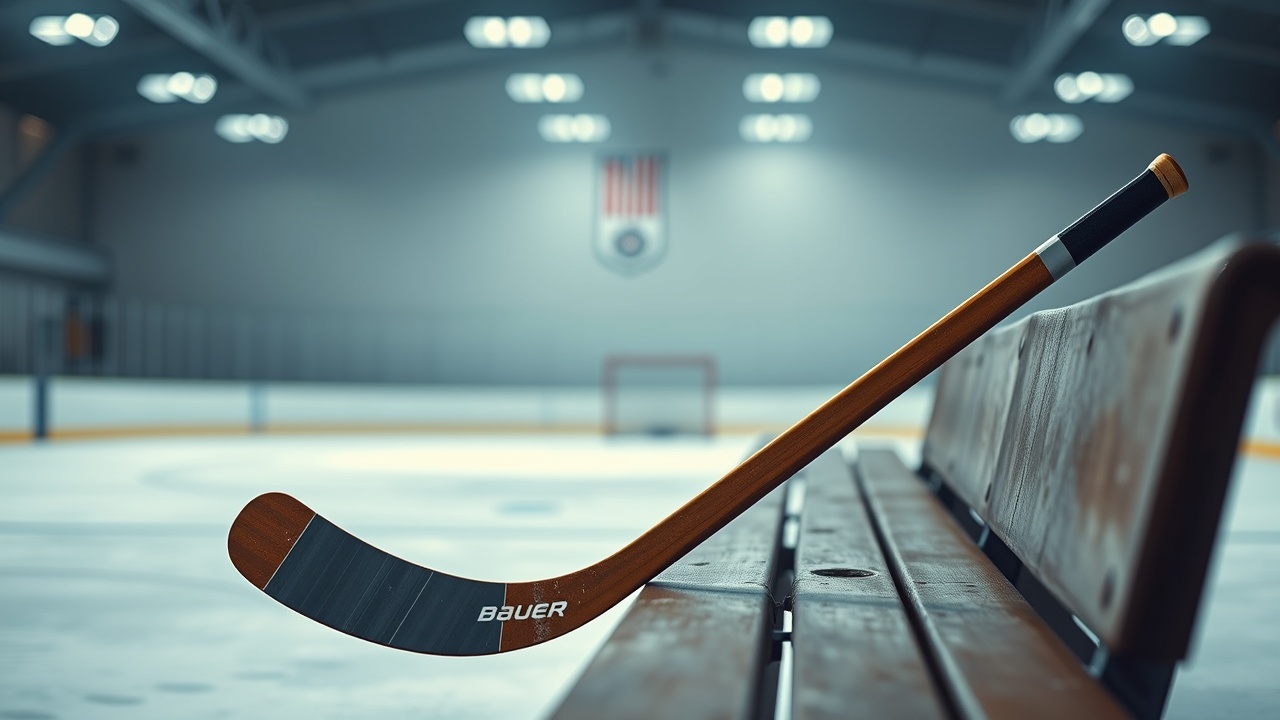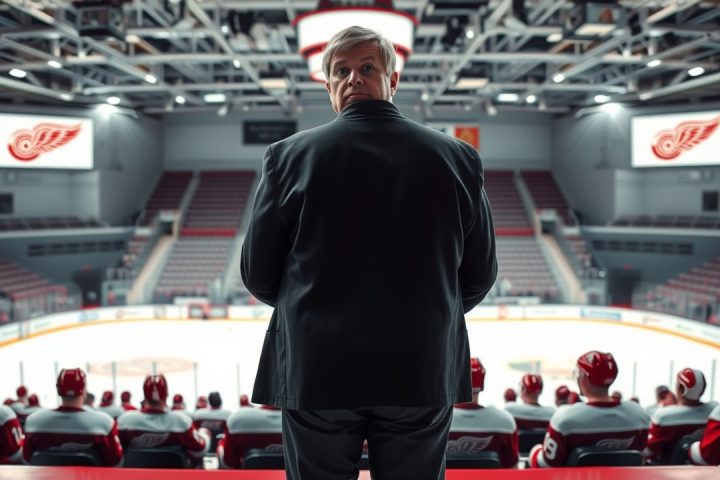The Transformation of Hockey Equipment Manufacturing
Since the early 1990s, the landscape of hockey equipment manufacturing has undergone significant transformations, particularly highlighted by the rise and fall of Canstar Sports and its flagship brand, Bauer. This company, a subsidiary of Roustan Sports Ltd., once reigned supreme in the hockey gear market, earning the moniker “the Wayne Gretzky of hockey gear” in a 1992 feature in The Globe and Mail. This title not only underscored Gretzky’s legendary status in hockey but also mirrored Canstar’s homegrown triumph before its influence spread internationally.
In 1990 alone, Canstar was responsible for over $80 million in sales across North America and Europe, contributing more than half of its overall revenue for that year. The company also prioritized innovation, allocating a remarkable two to three percent of its sales towards research and development — a figure that dwarfed the Canadian industry’s average.
Shift in Production Strategy
During this period, Canstar’s Hespeler plant in Cambridge, Ontario began pivoting towards the production of high-quality wooden hockey sticks, designed for NHL players. Previously focused on economical stick options, the shift in strategy proved fruitful as demand for Bauer sticks surged.
“We had pent-up demand on the stick side, and that drives profits through volume,”
recalled product manager Larry Koabel. By the mid-1990s, Bauer equipment was on the sticks of many NHL stars, including names like Mario Lemieux and Eric Lindros.
The Nike Acquisition
However, Canstar’s unprecedented success soon drew the attention of larger corporations. Much like how market conditions forced Gretzky to leave the Edmonton Oilers in 1988, Canstar’s striking achievements caught the eye of Nike, prompting the sports apparel giant to make a substantial offer. During this tumultuous period, Canstar’s president Gerald Wasserman, the captain behind its growth, had already started to distance himself from the company, eventually moving on to lead Weider Health and Fitness in Los Angeles.
Following his departure, Donald MacMartin took over as president but lasted only briefly before Pierre Boivin was appointed in February 1994. Boivin was among those who attempted to negotiate a partnership with Nike during their initial interest. In December 1994, discussions escalated, culminating in a staggering $545.8 million acquisition of Canstar by Nike, which boasted a market stranglehold with over 70 percent of NHL players sporting Canstar skates.
Initially, it was asserted that Canstar would maintain its operational independence. Yet, it didn’t take long for Boivin to reverse his expectations, describing the post-acquisition atmosphere as one where the philosophy became
“If it’s not broken, break it.”
Challenges and Changes
As Nike started making cuts within the Canstar framework by 1997, Koabel and others found themselves working under circumstances that stifled their creative autonomy, claiming,
“This was the Nike way.”
Many employees voiced frustrations about the executive decisions made by those unacquainted with hockey. The fallout was swift; layoffs ensued, and production shifted operations overseas, marking the end of an era. By the time Nike Bauer took over, the Canadian manufacturing sector was decimated, with jobs disappearing as production moved to more cost-effective facilities abroad.
Revival and Resilience
Despite these challenges, key figures like Chris Zimmerman, who took over the Nike Bauer division in 2003, approached the situation with optimism. Drawing from his hockey background and previous marketing experience within Nike, he aimed to revive the brand amidst an increasingly competitive market where composite sticks were taking hold against traditional wooden designs. In January 2003, the Hespeler plant slowed down due to diminishing demand, leading to its eventual closure set for March 2004, though the repercussions echoed in the industry.
Over the years, the emotional connection to the wooden stick persisted, eventually leading to a resurgence at Roustan Sports Ltd. in Brantford, which continues to honor the craftsmanship and legacy of hockey equipment. This chapter must reflect not only the downturn but also the resilience and evolution within the hockey industry, showcasing how historical narratives intertwine with present-day practices, particularly at establishments where tradition meets innovation.




